While the Caribbean is renowned for its pristine beaches and crystal-clear waters, the region harbors remarkable historical treasures that often go unnoticed by traditional tourists. These hidden gems tell fascinating stories of indigenous peoples, colonial struggles, pirate adventures, and cultural resilience that shaped the Caribbean’s rich heritage.
From forgotten fortresses to mysterious petroglyphs, these sites offer unique glimpses into the region’s complex past, providing visitors with opportunities to explore beyond the typical tourist attractions.
Betty’s Hope Sugar Plantation, Antigua
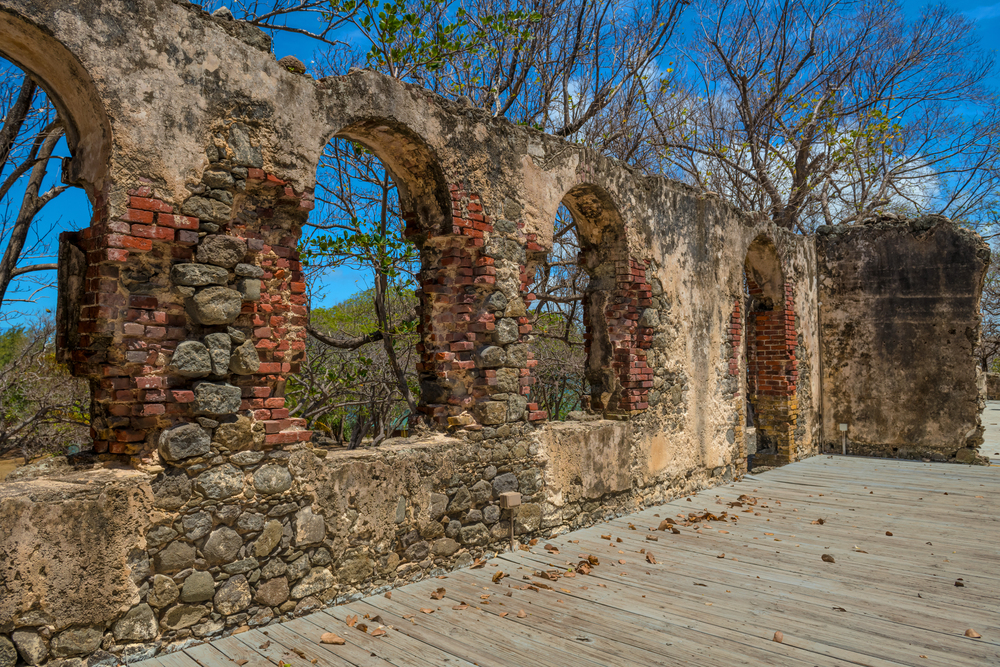
As the Caribbean’s first large-scale sugar plantation, Betty’s Hope tells a compelling story of colonial agriculture and its lasting impact. The restored twin windmills stand as silent sentinels to centuries of history, while the recently discovered slave quarters provide insights into the lives of those who worked the land.
You can explore the original 18th-century distillery foundations and examine artifacts found during ongoing archaeological excavations. The on-site museum houses rare plantation documents and tools that bring the sugar production process to life.
Fort Rodney Hidden Bunkers, Saint Lucia
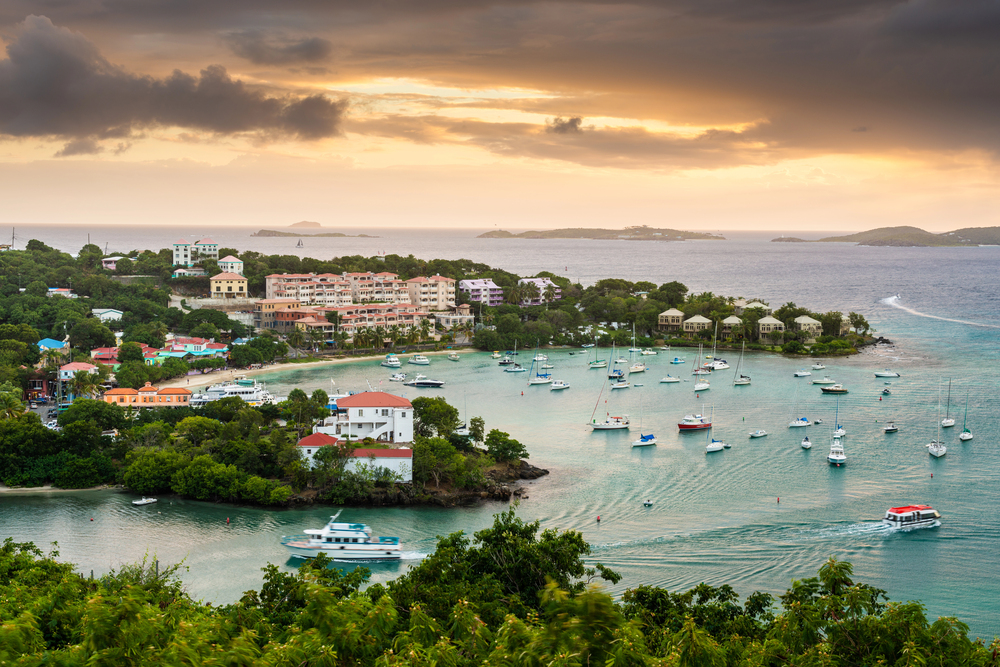
While Pigeon Island’s Fort Rodney is well-known, few visitors discover the network of hidden bunkers beneath the main fortification. These underground chambers, built in the 1780s, served as ammunition storage and secret meeting rooms during naval battles.
Local guides can show you hidden tunnel entrances that aren’t marked on tourist maps while providing fascinating stories of the fort’s role in Caribbean naval warfare. The bunkers offer a cool respite from the tropical heat and house fascinating military artifacts.
Like Travel Pug’s content? Follow us on MSN.
Mary’s Point Village Ruins, St. John, USVI
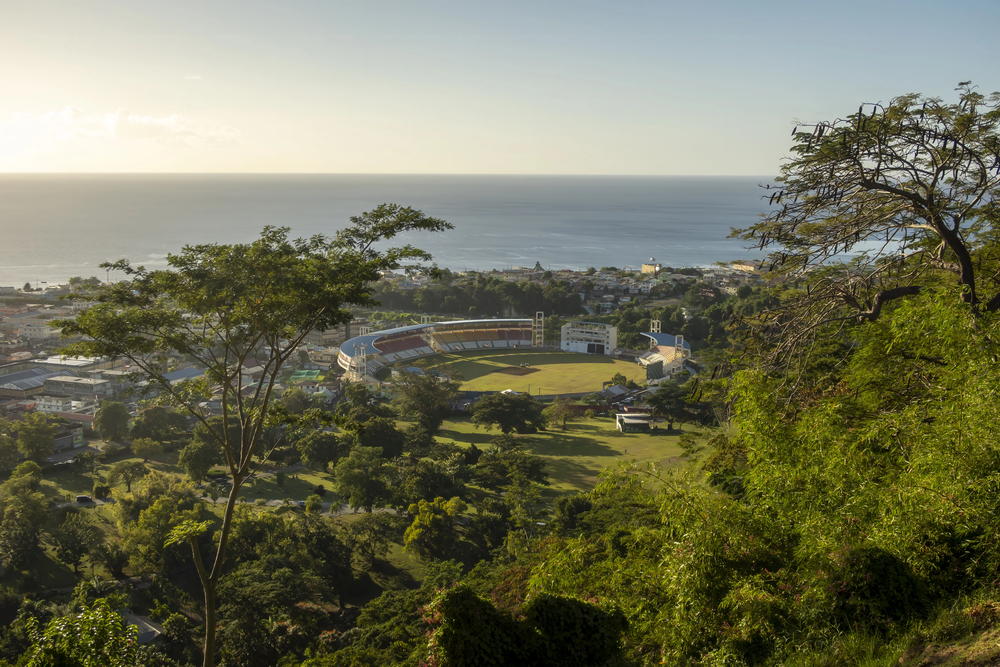
Hidden along the remote northern shore of St. John, these well-preserved ruins showcase a complete 18th-century Danish colonial village. The site includes intact slave quarters, a sugar factory, and unusual round buildings whose purpose remains debated by historians.
Recent archaeological work has uncovered everyday items that provide insights into colonial life, while the surrounding forest contains ancient mahogany trees planted by the original settlers. The remote location requires a moderate hike but rewards visitors with stunning ocean views.
Windsor Research Station, Dominica
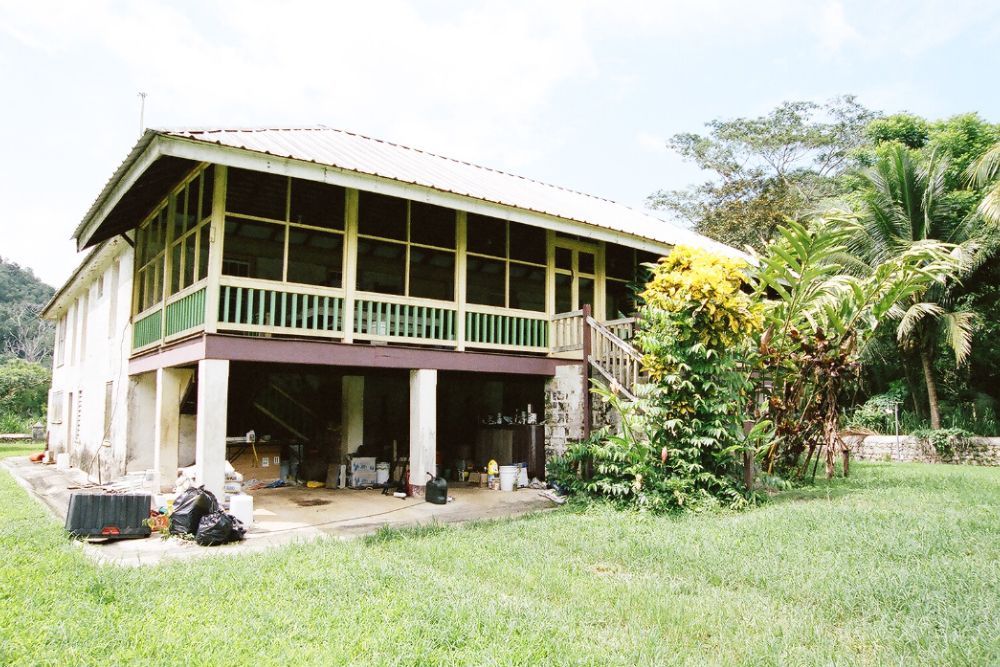
This abandoned British colonial research facility, hidden in Dominica’s rainforest, once housed groundbreaking agricultural experiments. The crumbling Art Deco buildings contain vintage laboratory equipment and detailed records of early tropical agriculture studies.
Local elders share stories of mysterious plant varieties developed here, while the surrounding experimental gardens still grow some unique hybrid species. The facility’s unique architecture combines colonial and modernist elements in an unexpected jungle setting.
Marie-Galante Windmill Trail, Guadeloupe
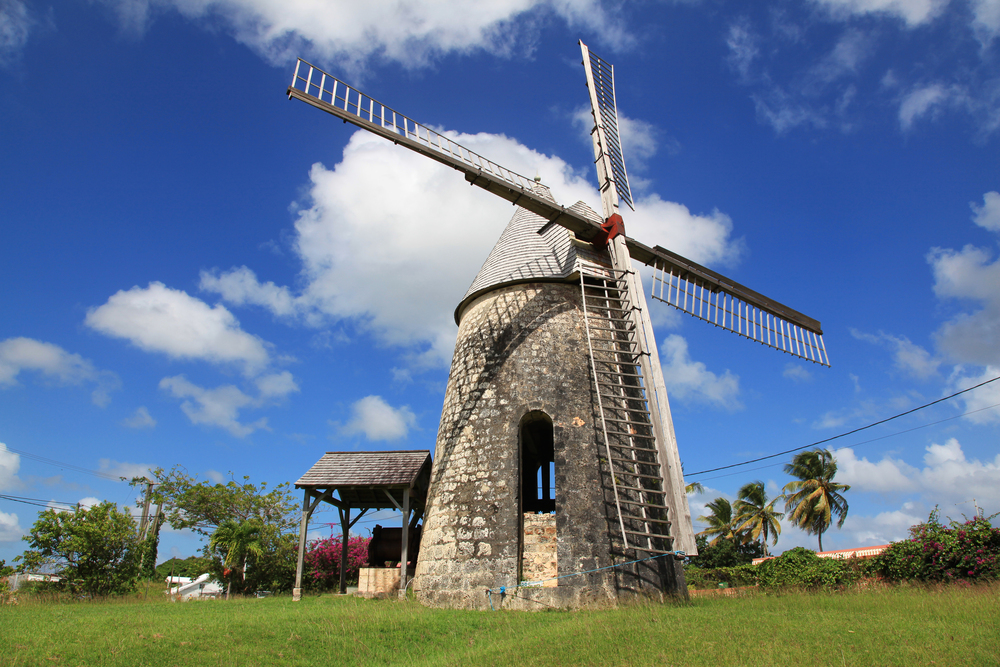
This lesser-known French Caribbean island contains over 70 historic sugar windmills, creating the highest concentration of colonial mills in the Caribbean. The restored Bézard Mill serves as a museum, while others stand in various states of picturesque decay along a marked heritage trail.
You’ll discover unique architectural variations among the mills, reflecting different European building techniques. Residents maintain traditional skills for millstone maintenance and share stories of the island’s sugar-producing heyday.
Like Travel Pug’s content? Follow us on MSN.
Morgan’s Cave Complex, Jamaica
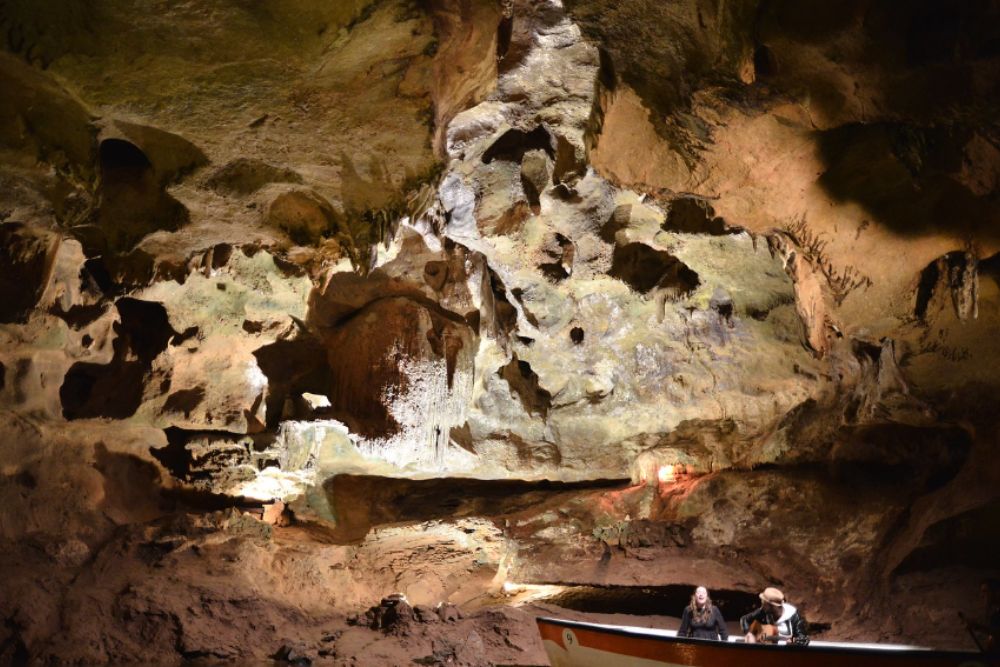
Recently discovered beneath Port Royal, this extensive cave system contains evidence of pirate captain Henry Morgan’s secret supply depot. Marine archaeologists have uncovered preserved rum barrels, weapons caches, and possible treasure maps etched into the cave walls.
The air-filled chambers showcase rare examples of 17th-century graffiti left by crew members, while guided tours explain the complex smuggling operations that once operated here. Local dive operators offer specialized tours to underwater sections of the cave system.
Kalinago Carved Rocks, Dominica
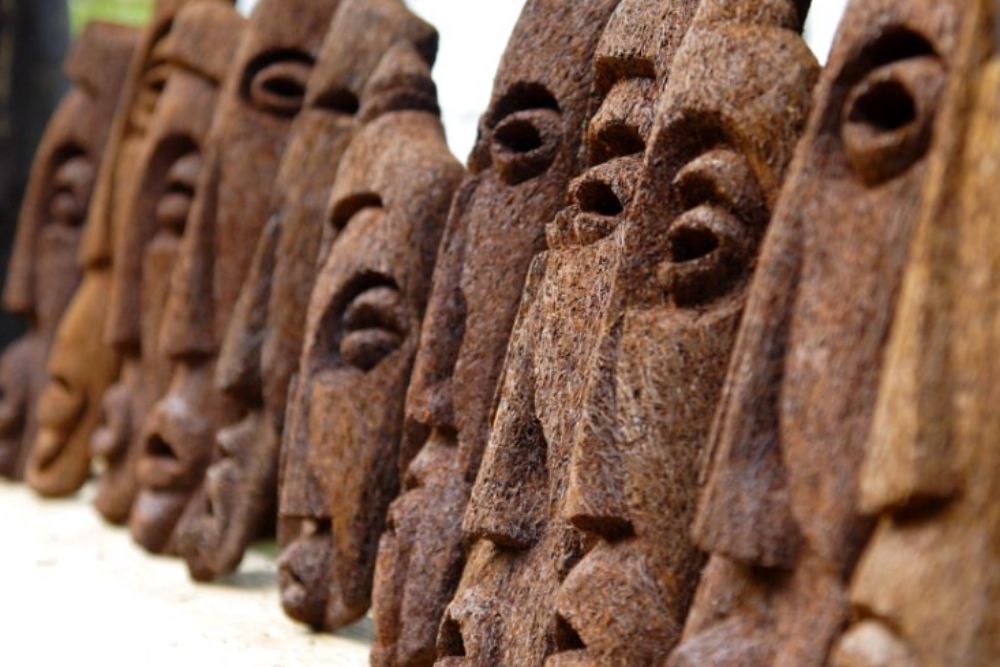
Hidden in Dominica’s northern rainforest, these extensive petroglyphs provide rare insights into pre-Columbian Caribbean life. The carved rocks feature complex symbols depicting celestial events, religious ceremonies, and daily activities of the indigenous Kalinago people.
Local Kalinago guides interpret the symbols based on oral traditions passed down through generations. The site includes a ceremonial space still used by Kalinago people for traditional gatherings.
Fort George Powder Magazine, Grenada
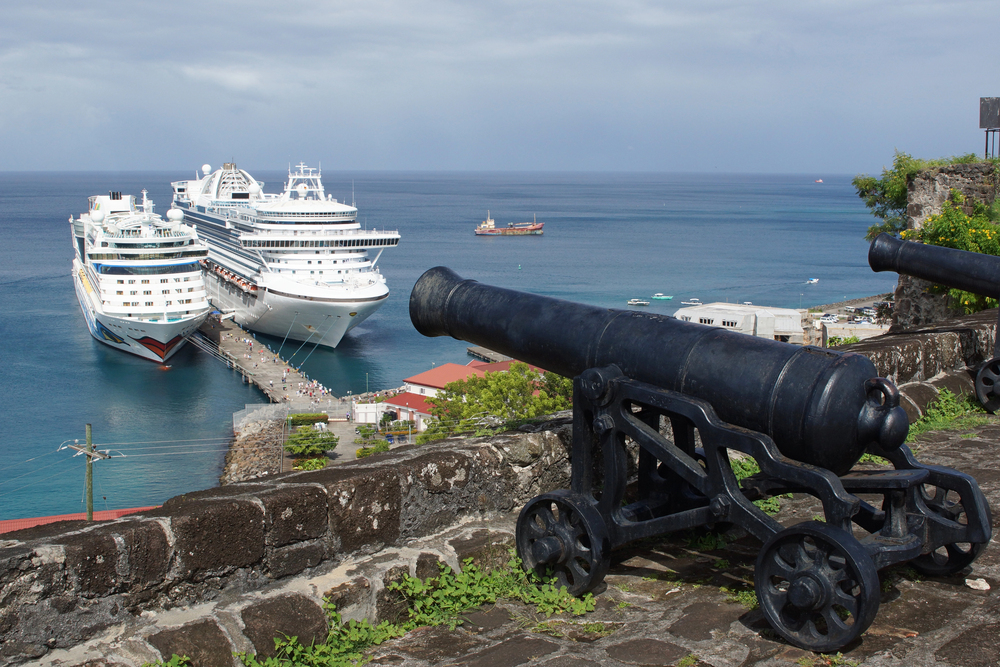
While most visitors explore Fort George’s main structures, few discover the massive underground powder magazine dating to 1705. This perfectly preserved chamber features unique ventilation systems and copper-lined doors designed to prevent explosive accidents.
You can examine original British military engineering techniques and discover hidden, symbolic carvings left by colonial soldiers. The magazine’s unusual acoustics create fascinating sound effects that local guides love to demonstrate.
Like Travel Pug’s content? Follow us on MSN.
Jewish Synagogue Ruins, Nevis
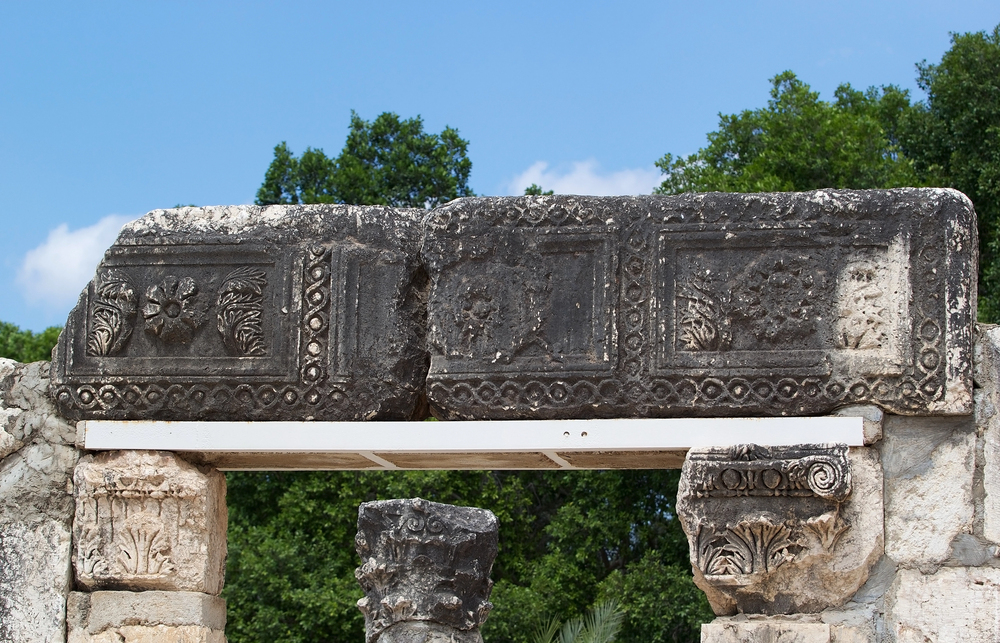
These recently excavated ruins represent one of the earliest Jewish settlements in the Caribbean, dating to the 1670s. The site includes a well-preserved mikvah (ritual bath), a cemetery, and foundations of the original synagogue.
Archaeologists continue uncovering artifacts that document early Jewish life in the Caribbean, while local historians share stories of the community’s contributions to Nevis’s development. The cemetery contains unique gravestone designs combining Jewish and Caribbean motifs.
Spanish Well, Bonaire
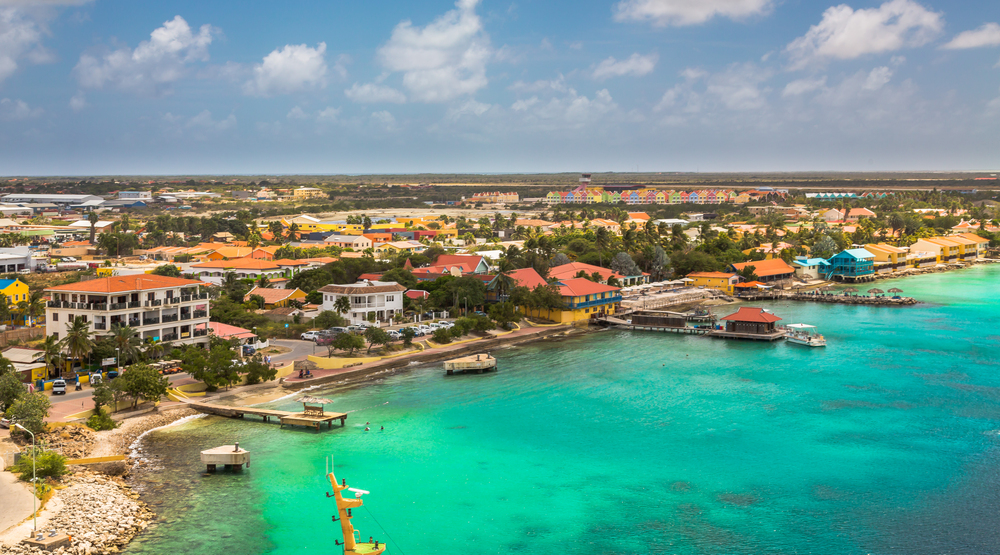
This ingeniously designed colonial well system, built in the 1500s, captures fresh water in an arid environment through a sophisticated underground filtration system. The well’s unique architecture includes original Spanish stonework and clever engineering features that still function today.
Local conservationists maintain the traditional water management techniques, while guided tours explain the vital role this system played in early colonial settlement. The site includes rare examples of 16th-century Spanish colonial architecture.
Fort Frederik Underground, St. Croix
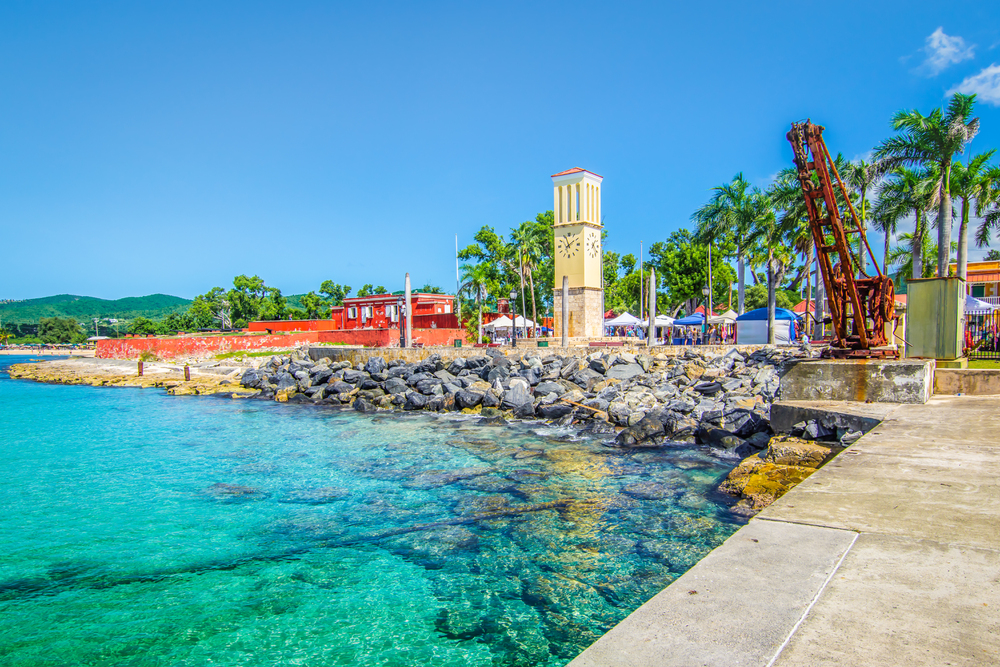
Beneath this Danish colonial fort lies a network of unexplored tunnels that may have served as escape routes during slave rebellions. Recent archaeological surveys have uncovered evidence of secret meeting spaces and possible resistance planning areas.
The tunnels contain unique examples of 18th-century Danish military engineering and preserved graffiti from multiple historical periods. Local historians continue researching the tunnels’ role in various uprising attempts.
Wingfield Estate Petroglyphs, St. Kitts
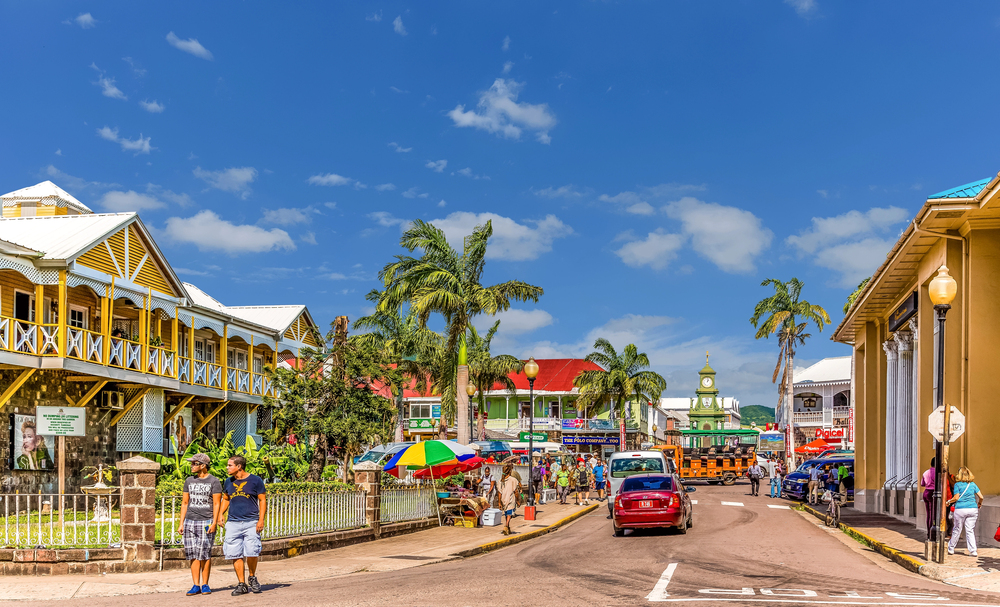
Hidden within an old sugar estate, these pre-Columbian rock carvings provide evidence of early Arawak settlements. The petroglyphs depict complex geometric patterns and animal figures that archaeologists are still working to interpret.
Recent discoveries include possible astronomical alignments and ceremonial spaces among the rocky outcrops. Local guides share traditional stories about the site’s spiritual significance.
Marie-Galante Prison Ruins, Guadeloupe
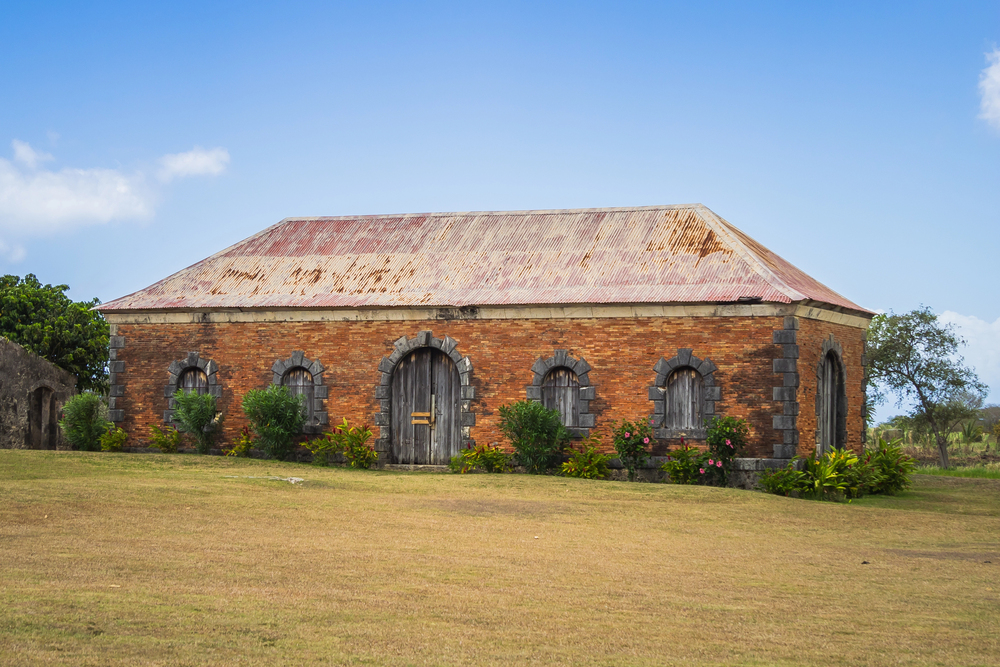
This remote 18th-century prison complex contains unique examples of French colonial penal architecture and rare prisoner graffiti. The cells feature unusual security innovations for their time, while recently discovered documents detail daily prison life.
You can explore the preserved exercise yard and examine artifacts found during ongoing archaeological work. Local researchers continue uncovering new details about the prison’s role in colonial justice systems.
Like Travel Pug’s content? Follow us on MSN.
Hamilton Estate Water Wheel, Nevis
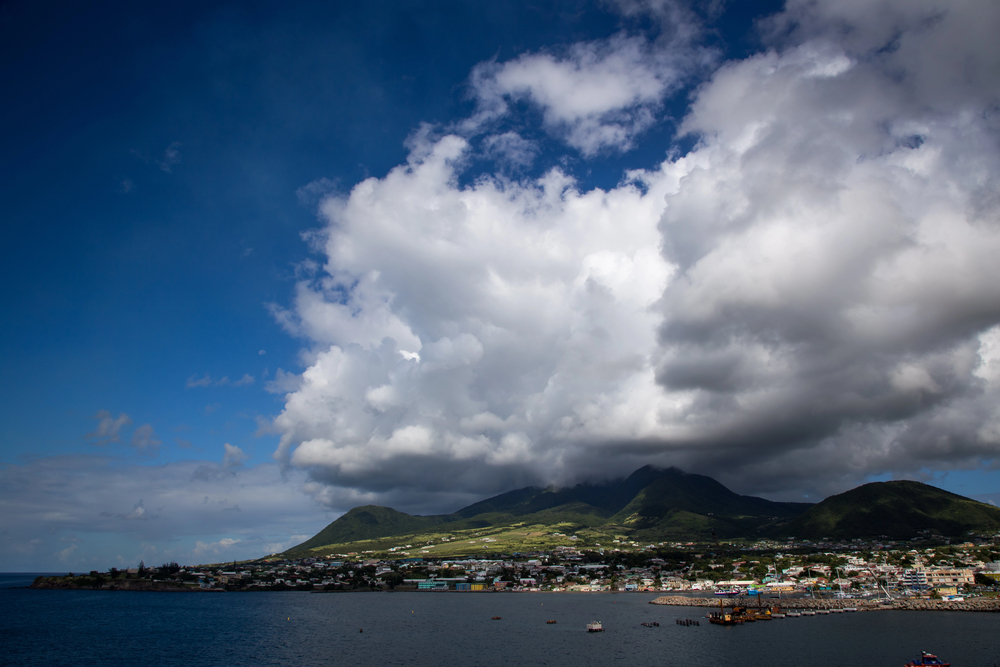
This massive iron water wheel, hidden in an overgrown forest, represents one of the Caribbean’s best-preserved examples of colonial industrial engineering. The 40-foot wheel powered sophisticated sugar processing equipment through an innovative hydraulic system.
Recent restoration work has revealed the original manufacturer’s marks and installation details that provide insights into 18th-century technology. Local conservation groups maintain hiking trails to the site while sharing stories of the estate’s operational history.
Portsmouth Cabrits Cisterns, Dominica
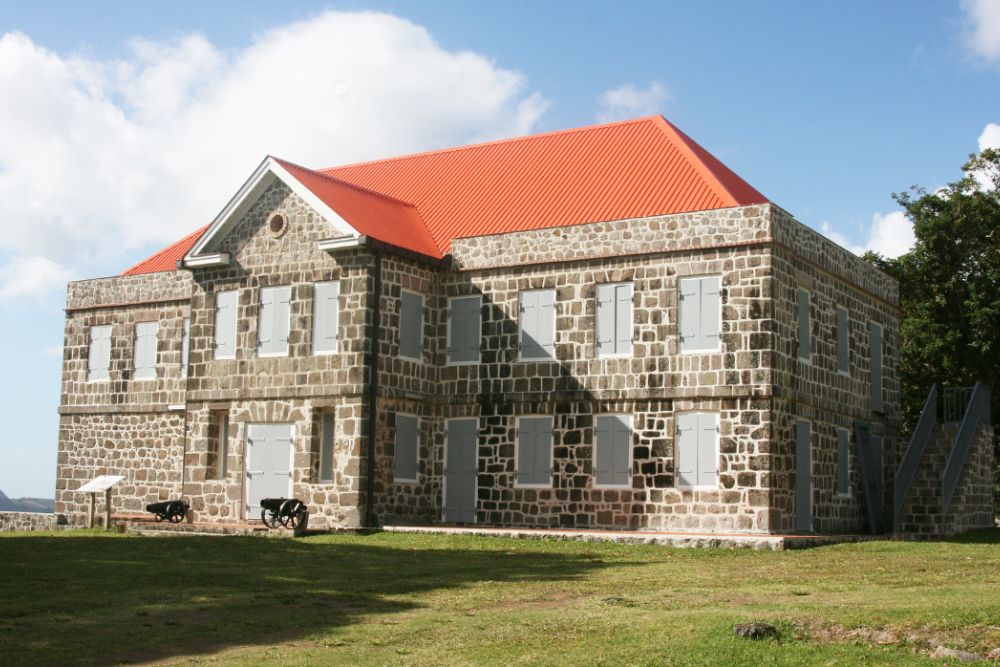
Beneath Fort Shirley lie enormous water cisterns that showcase remarkable colonial engineering achievements. These massive underground chambers could store over 500,000 gallons of water, featuring unique filtration systems and distribution networks.
You can explore the vaulted architecture and examine original British military construction techniques. Local guides demonstrate the cisterns’ surprising acoustic properties while explaining their crucial role in fort operations.
Betty’s Bay Lime Kilns, Grenada
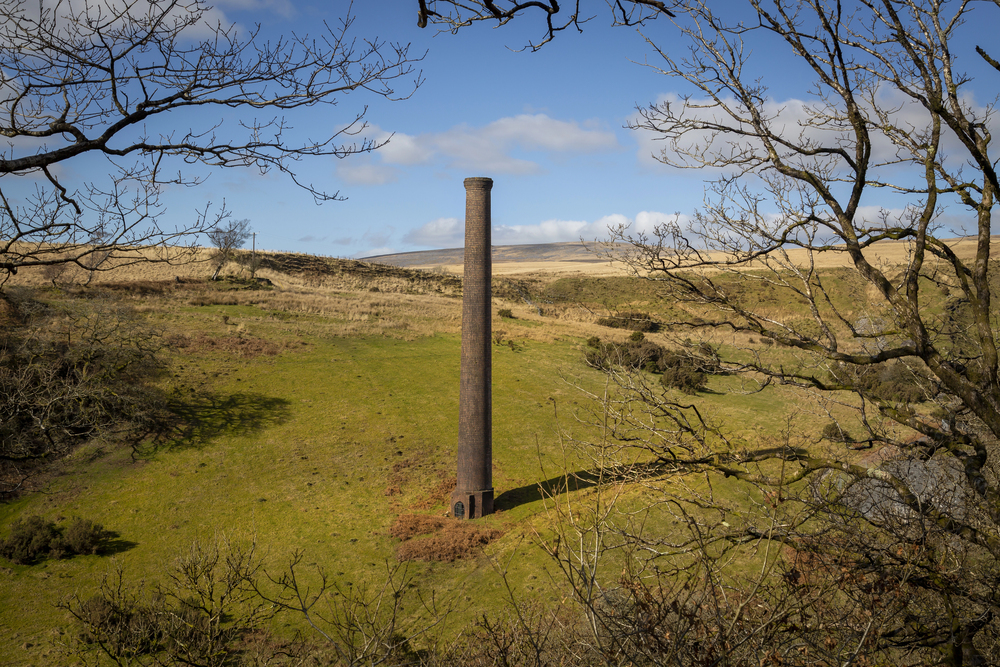
These well-preserved 18th-century lime kilns provide rare insights into colonial construction industries. The massive stone structures feature unique architectural elements that improved lime production efficiency, while recent archaeological work has uncovered evidence of worker housing nearby.
Local craftspeople still use traditional techniques to produce lime in smaller quantities. The site includes examples of different kiln designs that reflect technological evolution.
Like Travel Pug’s content? Follow us on MSN.
Marie-Galante Coffee Processing Station, Guadeloupe
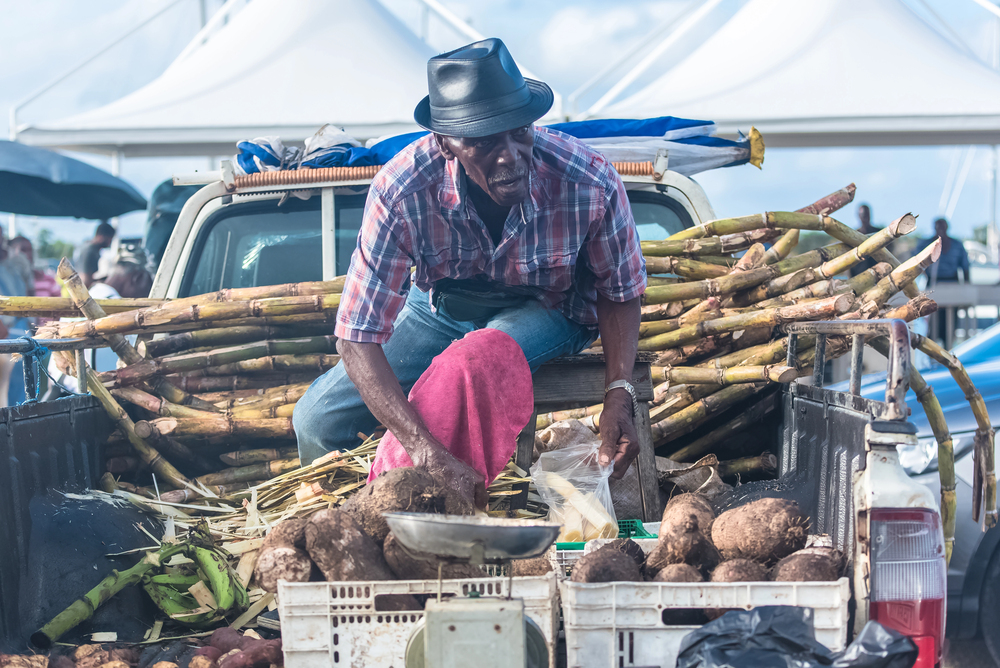
Hidden in a dense forest, this abandoned coffee processing facility contains perfectly preserved 19th-century equipment. The site features unique drying platforms, roasting facilities, and innovative sorting mechanisms that revolutionized coffee production.
You can examine original French manufacturing marks on the machinery while learning about historical coffee cultivation techniques. Local coffee producers maintain small demonstration gardens nearby using traditional methods.
Marigot Arawak Village Site, St. Martin
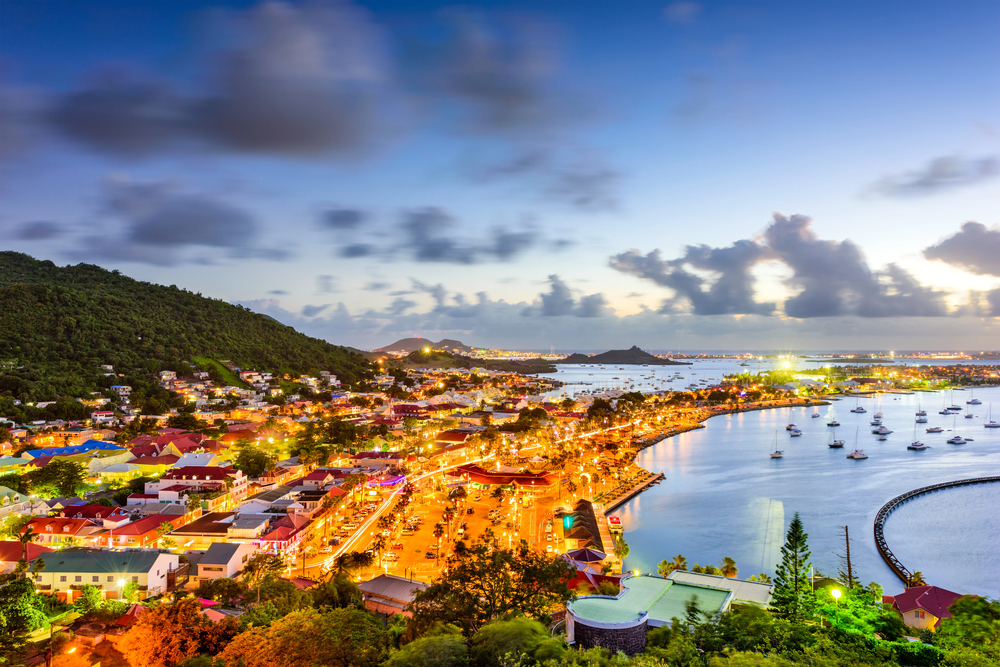
Recently discovered during construction work, this extensive pre-Columbian village site provides new insights into indigenous Caribbean life. Archaeologists have uncovered intact house foundations, ceremonial spaces, and numerous artifacts that document daily activities.
The site includes rare examples of Arawak pottery manufacturing areas and evidence of long-distance trade networks. Local indigenous descendants participate in ongoing research and interpretation efforts.
Saint-Louis Fort Ruins, Haiti
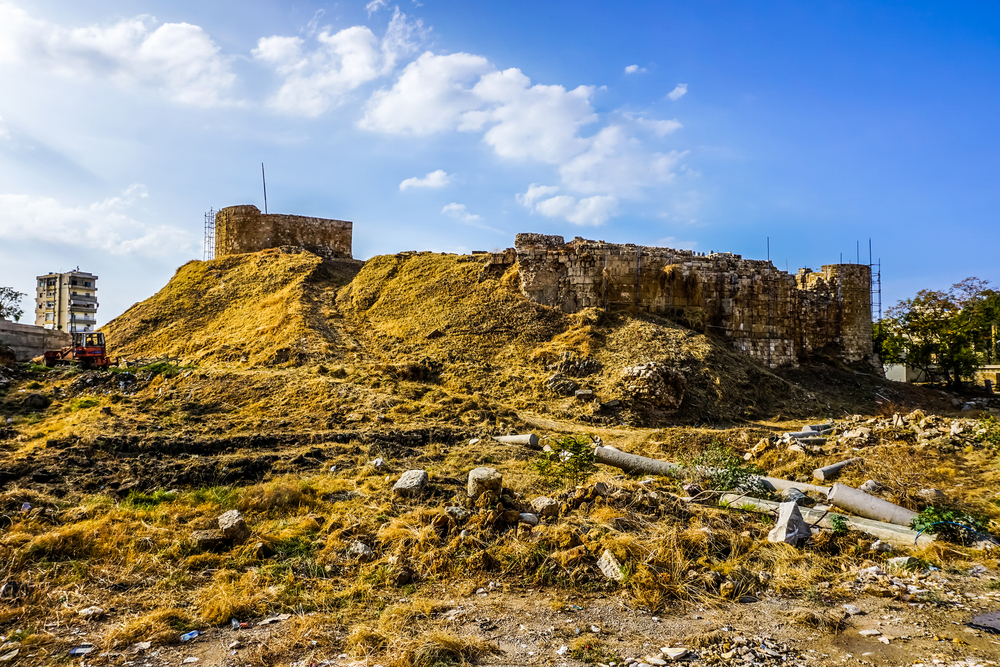
These remote ruins represent one of the earliest French military installations in the Caribbean, featuring unique architectural elements that combine European and tropical design principles. The fort’s unusual layout includes sophisticated defensive innovations rarely seen in colonial structures, while recent archaeological work has uncovered evidence of earlier indigenous occupation.
Local historians share fascinating stories about the fort’s role in early colonial conflicts. The site provides spectacular views of the surrounding countryside.
Like Travel Pug’s content? Follow us on MSN.
Exploring Caribbean Heritage
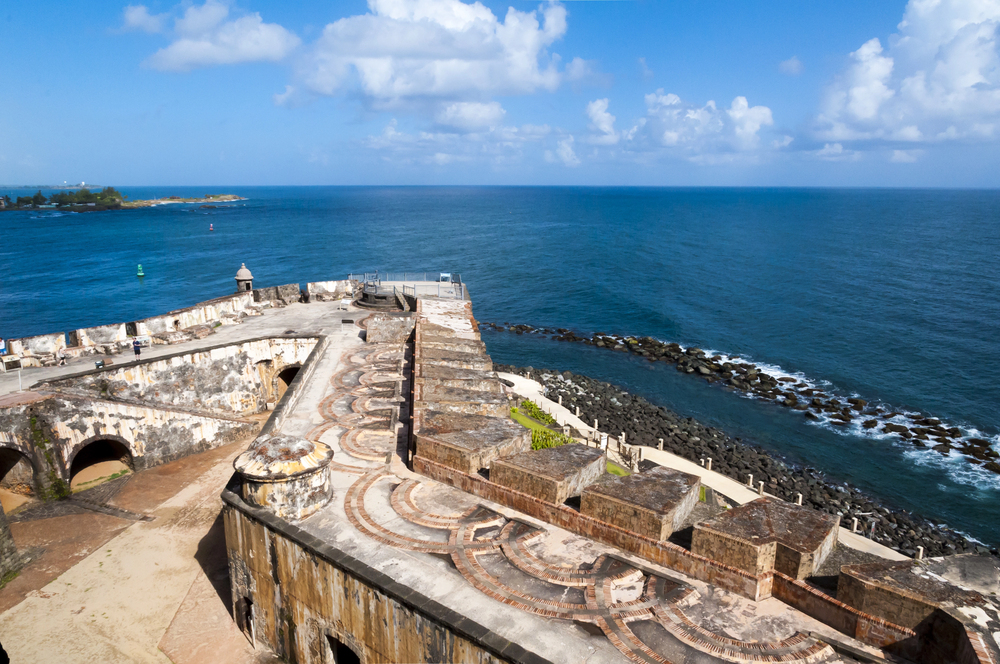
These hidden historical sites represent just a fraction of the Caribbean’s remarkable cultural heritage waiting to be discovered by curious travelers. From pre-Columbian petroglyphs to colonial industrial ruins, each site offers unique insights into the region’s complex past and the diverse peoples who shaped its history.
As you explore these lesser-known landmarks, remember that many sites still play important roles in local communities and cultural practices. The combination of historical significance, architectural innovation, and ongoing research makes these hidden gems essential destinations for anyone interested in discovering the Caribbean’s deeper stories.
More from Travel Pug

- 15 Dangerous European Cities to Avoid
- 15 Caribbean Islands Where Tourists Keep Getting Scammed
- The 20 Most Fascinating Abandoned Places: A Journey Through Time and Forgotten Spaces
- 15 Hidden Places in the Smithsonian Museums Locals Love: A Guide to Lesser-Known Treasures
- 16 Hidden Florida Beach Towns That Aren’t Overrun with Tourists
Like Travel Pug’s content? Follow us on MSN.
